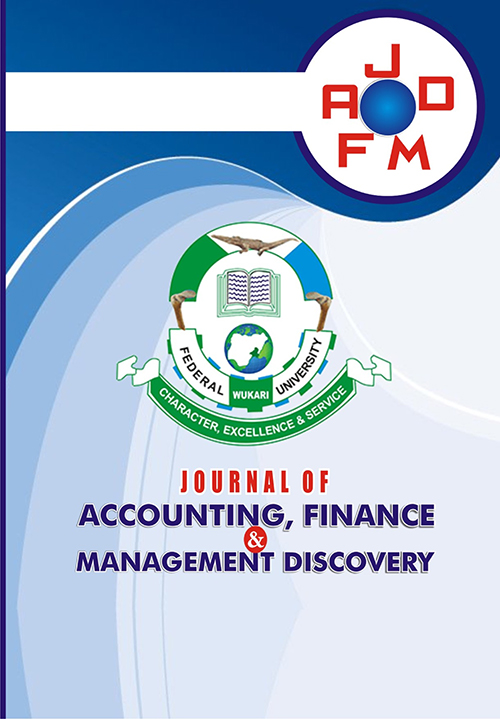2025
Vol. 8, No. 1
This study conducted the economic analysis of plantain production in the Niger Delta region of Nigeria to understand the production process and ensure increased production to satisfy the domestic and export demand and also generate foreign exchange for the country. The objectives of the study were to determine whether plantain production generated a positive Net Present Value; an Internal Rate of Return which is greater than the opportunity cost of capital and a Benefit Cost Ratio which is greater than unity. It tested the sensitivity of the estimated decision ratios to changing values of the yield of plantain and the components of costs and benefits. It also determined the switching values and applied Monte Carlo Simulation to determine the Expected Net Present Value and the Expected Internal Rate of Return in plantain production. The study used secondary data which were primarily collected during the Commodity and Enterprise Analysis Survey of the Niger Delta Region of Nigeria (Molokwu and Coker, 2017). The consumption of plantain has risen tremendously in Nigeria in recent years because of the rapidly increasing urbanization and the great demand for easy and convenient foods by the non-farming urban populations. The yield rate for plantain was estimated at 7842.0 kg/ha. Only one percent of produced plantain and 3 percent of produced maize were consumed or served other on-farm purposes. The rest was sold for cash. Probability distribution was applied to obtain the prices that generated the costs. It was evident that apart from 10% fall in yield of plantain which changed the IRR by as much as 46 percent, there were small percentage changes with variations in the other variables. It is concluded that although the estimated IRR was relatively stable to changes in output price, investment cost and operating costs it is very sensitive to changes in the yield of plantain. The switching value for the yield of plantain was a fall of 13 percent, that of output price was a fall of 40 percent, that of investment cost was a rise by 450 percent and that of operating costs was a rise by 550 percent. The base (without simulation) NPV and IRR were N 3,901,047 only and 37 percent respectively. The simulated ENPV was N 4,039,888 only, with a mean of N 4,000,790 only; a minimum of N 3,300,705.25 only, and a maximum of N 4,804,852.29 only. The simulated EIRR was 39 percent with a mean of 37 percent, a minimum of 34 percent and a maximum of 41 percent. Firstly, it was recommended that the government should increase its spending on building good roads and other infrastructure. Secondly, Plantain production enterprise should ensure adequate monitoring of the yield rate of plantain and ensure that it does not fall below 10 percent through proper application of agrochemicals, fertilizers, other inputs and labor. Thirdly, The Switching value analysis and Monte Carlo Simulation and Risk Analysis should be applied in analyzing agricultural production specifically plantain production.
Dr. C.C. MOLOKWU, Ph.D, RITA IFUNANYA MOLOKWu, B.Sc. M.Sc.
